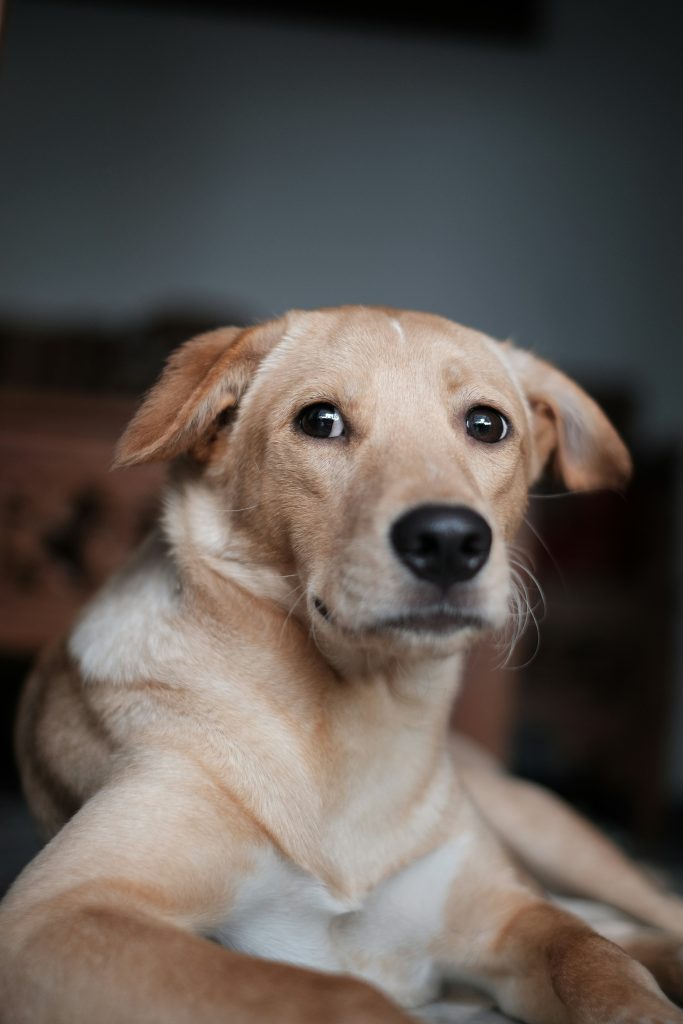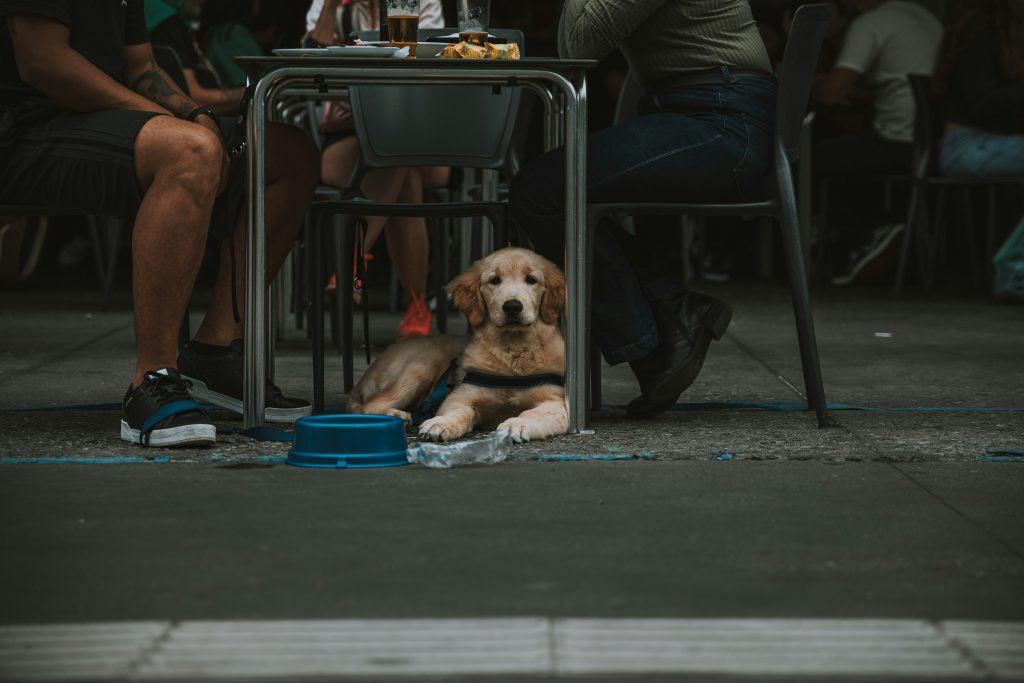Dogs are creatures of habit. They find comfort in knowing when it’s mealtime, when the walks happen, and where their favorite napping spot is. So when that routine changes—whether due to a new job, a move, daylight saving time, or even a guest staying over—it can cause real stress.
This blog will explore how changes in routine can make dogs feel nervous, how to spot the signs of stress, and what you can do to ease their transition through life’s curveballs.

Why Dogs Crave Routine
Dogs, like many animals, thrive on predictability. Knowing when to expect food, walks, attention, and rest helps them feel secure and in control of their world. Consistent routines reduce stress and promote emotional well-being.
When that routine is disrupted, the predictability vanishes—and in its place, anxiety often sets in.
Common Routine Changes That Trigger Stress
Even small disruptions can affect sensitive dogs. Some examples include:
- A new work schedule or return to the office
- Travel or vacations (leaving your dog behind or taking them along)
- Moving to a new home or neighborhood
- Changes in family dynamics (a new baby, roommate, or partner)
- Visitors staying over
- Remodeling or construction noise
- Different feeding or walking times
What may seem minor to you can feel major to your dog—especially if they’re already prone to anxiety.
Signs Your Dog Is Nervous From Routine Changes
Here’s how to tell if a shift in your daily schedule is affecting your dog’s peace of mind:
- Increased clinginess or following you around constantly
- Excessive barking or whining, especially when you leave or return
- Loss of appetite or eating too quickly
- Restlessness or trouble sleeping
- Destructive behaviors like chewing, digging, or shredding
- House soiling in a dog that’s usually house-trained
- Pacing, panting, or trembling
These behaviors often stem from uncertainty—your dog’s trying to say, “I don’t know what’s going on, and I’m not okay with it.”
How to Help Your Dog Adjust to Change
While you can’t avoid all changes, you can help your dog adjust with more comfort and confidence.
1. Make Changes Gradually When Possible
If you know a shift is coming, introduce it in stages. For example, if you’re returning to the office, begin leaving the house for short periods first. Build up your dog’s tolerance over time.
2. Stick to Core Routines
Even if your schedule changes, try to keep key elements—like mealtimes, potty breaks, and daily walks—consistent. These anchors provide reassurance.
3. Use Enrichment to Reduce Stress
Mental stimulation helps distract from anxiety. Offer puzzle toys, scent games, or chew items when routines shift.
4. Create a Safe, Predictable Environment
Provide a quiet, cozy spot where your dog can retreat when overwhelmed. Use calming tools like white noise machines or a covered crate to create a den-like space.
5. Keep Greetings and Goodbyes Low-Key
Making a fuss when you leave or return only heightens the contrast. Act calm and casual, helping your dog learn it’s no big deal.
Separation Anxiety: When Routine Change Goes Deeper
Sometimes routine changes trigger separation anxiety, which goes beyond normal stress. Dogs with separation anxiety may:
- Panic when left alone
- Bark or howl excessively
- Try to escape (breaking out of crates, scratching doors)
- Refuse to eat unless you’re home
If this sounds familiar, a consultation with a positive reinforcement trainer or behaviorist is crucial. Behavior modification and sometimes medication may be needed to reduce your dog’s panic.
Supportive Tools and Products
If your dog struggles during transitions, consider supportive tools to ease the process:
- Interactive toys (like Kongs or treat-dispensing balls) to keep them occupied
- Calming supplements (always vet-approved) such as L-theanine or CBD
- Adaptil diffusers or sprays, which mimic calming dog pheromones
- Weighted vests like the ThunderShirt for gentle pressure-based comfort
These tools are most effective when used in combination with consistency and training—not as a cure-all.
How Long Does It Take for Dogs to Adjust?
Every dog is different. Some may bounce back in a few days, while others take weeks or longer to adapt. Age, temperament, and past experiences all play a role. The key is patience and staying in tune with your dog’s emotional cues.

When to Seek Professional Help
If your dog’s anxiety persists, worsens, or interferes with their health and well-being, it’s time to consult:
- A certified professional dog trainer (CPDT-KA)
- A behavior consultant with fear/anxiety expertise
- A veterinarian to rule out medical issues or discuss anxiety medications
You don’t have to go it alone—there are many ways to help your dog through life’s disruptions with compassionate, science-based support.
Final Thoughts
Life is full of change, but that doesn’t mean your dog has to suffer because of it. By recognizing the signs of nervousness, maintaining consistent habits where possible, and creating positive new routines, you can help your pup navigate change with resilience and trust. In return, your bond will only grow stronger.
